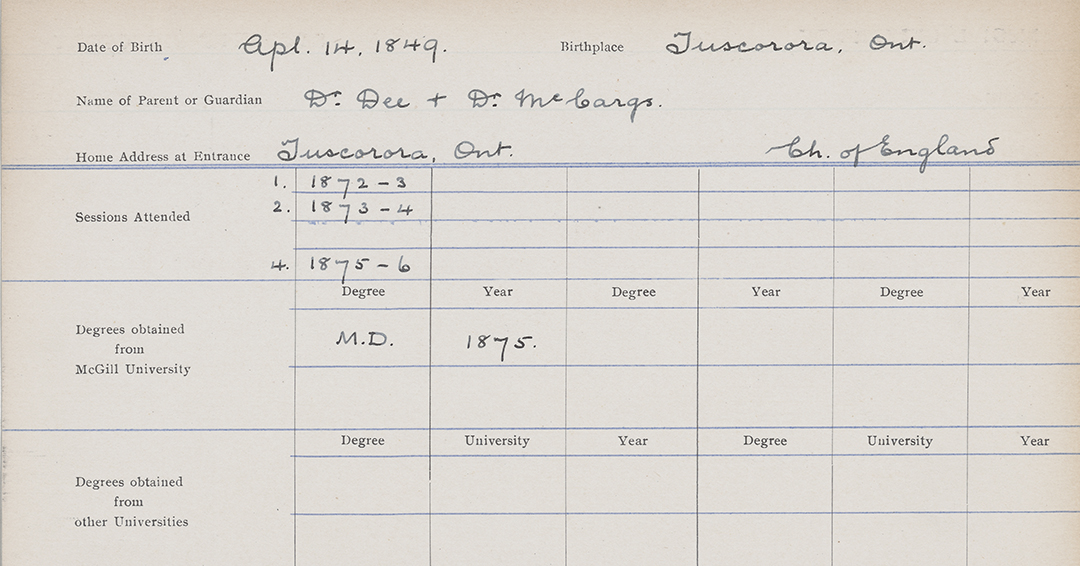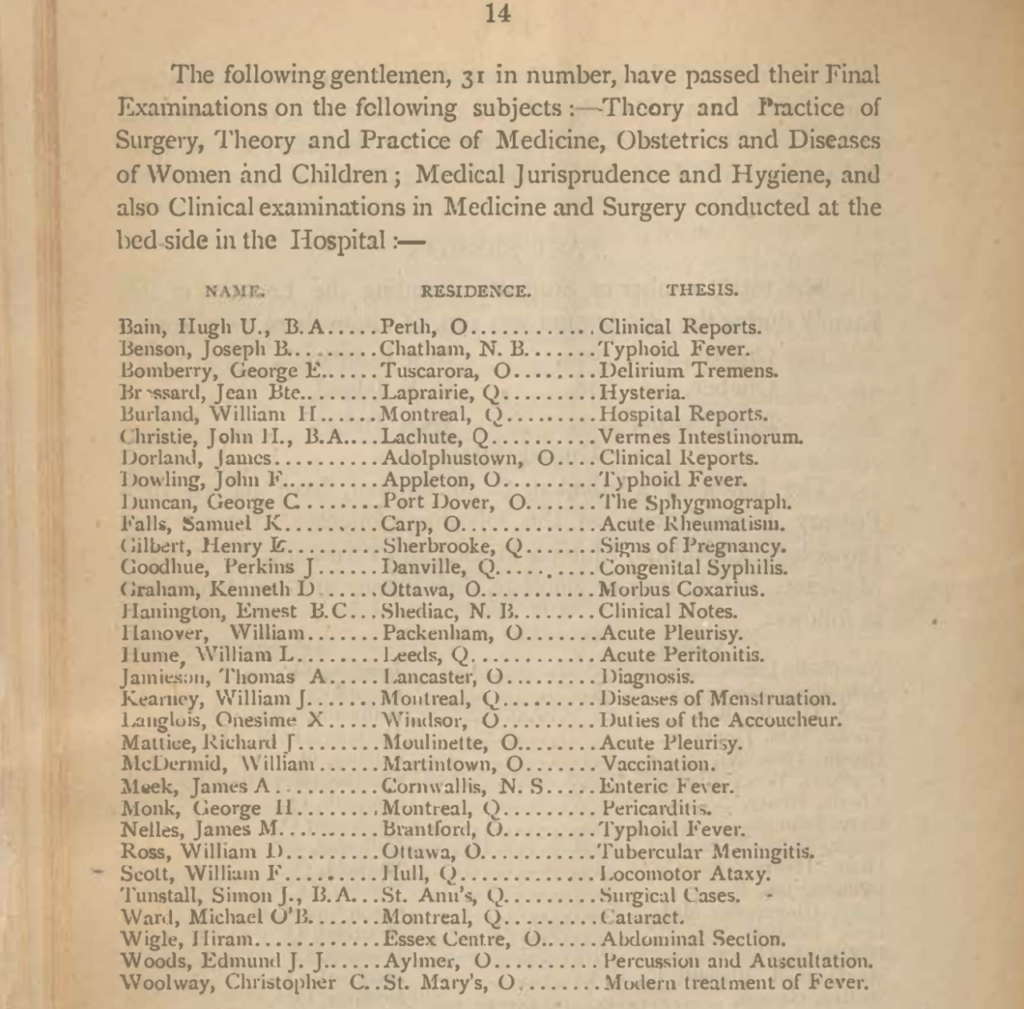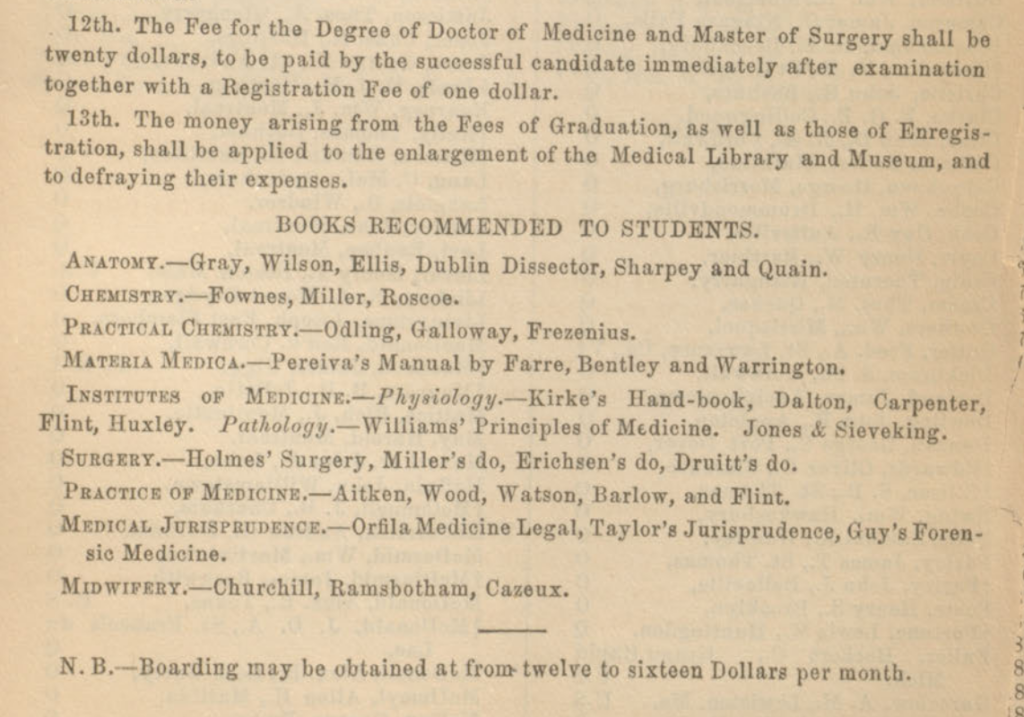
In July 1649, the English parliament passed an “Act for the promoting and propagating the Gospel of
Jesus Christ in New England” which created a corporation (which still exists), “The President
and Society for propagation of the Gospel in New England”, commonly called The New England
Company, (NEC). (1).
In 1786, following the American Revolution, the NEC was advised that it was unable, safely and legally, to “exercise the Trusts of its Charter in any part of America which is out of the King’s Dominions”. Accordingly it transferred its operations to the remaining Loyalist Colonies in North America and during the late 1820s John Brant (the son of Joseph Brant and the government appointed, superintendent for the Six Nations of the Grand River) asked the NEC to establish schools for the Six Nations near what is now Brantford, Ontario. A day school was opened first and then, by 1834, a boarding school, the Mohawk Institute, was opened to educate Indigenous children. The Institute was fully funded by the NEC until 1891. Though it was called the Mohawk Institute, it accepted students from all of the Six Nations of the Haudenosaunee. At first the curriculum was confined to reading the Bible, writing and arithmetic but, starting in the 1860s, the NEC began to support a few students who showed promise and wanted to attend Brantford Grammar School and some who went on for further training, usually at a teacher training college in Toronto or London (Ontario).
George Edward Bomberry, who was a hereditary chief of the Cayuga (Gayogohó:nợ), was born on the Tuscarora Reserve on April 14th, 1849 and was enrolled in the Institute by, at least, 1859 when the Report from the Principal (2) notes that he was 9 years old and was learning “ciphers and simple proportion”. He appears to be, by several years, the youngest student taking courses at that level. As noted above, the NEC supported some of the Institute’s pupils in further education and, by 1868, when Bomberry was 18 years old, he was one of two enrolled at the Brantford Grammar School. (The cost was $1 per student per month, paid by the Institute).
The NEC insisted on very detailed reports from its missionaries in Canada and, in January 1871, Rev Robert James Roberts (the Assistant Missionary to the Six Nations from 1862-1878), wrote to the Company enclosing a letter from Bomberry, who Roberts notes “was educated for a short time at a commercial school in Toronto” and noted that “When he left the Commercial College at Toronto he obtained employment in a railway office at Montreal in connection with the Grand Trunk Railway. It was there that he acquired a greater facility in speaking the French language.” (3b). Roberts noted that Bomberry wanted to become a doctor and recommended that the NEC should support his attendance at medical school. “His English is very good; his knowledge of classics and French are such as would enable him to pass the primary examination before the Medical Board of this Province.” On 7th March 1871 the NEC approved a grant of 60 pounds “for the current year towards the expenses of educating George Bomberry for the medical profession” and “promised to continue it from year to year for four years, provided they were satisfied with his conduct and progress.” Roberts noted that Bomberry “found that absence from the Reserve cut him off from all of his rights as an Indian, to the annuities annually paid to his tribe and also debarred him from taking his seat in the council as a chief. He is a chief of the Cayuga tribe, and he is, I believe, the best educated on the Reserve.”
Roberts reports that this proposal was strongly supported by Dr Robert Henry Dee (“the government-supported doctor who attends the sick over the greater part of this reserve”) and his colleague Dr William McCargow (“who has a large white practice besides a small portion of the Six Nations”) (4, 5). In fact, Dr Dee not only agreed to “give the young manall the aid that is in his power to acquire a knowledge of the medical profession” but he also offered accommodation to Bomberry who was registered as living in his home in the April 1871 Canadian census (where his occupation is given as “Medical Student” and his age as 21). It was also noted a few months later that Bomberry “went to Dr McCargow for six months” as Dr Dee “thought it would be of great benefit to George to see a variety of practice”. Roberts himself took a great interest in Bomberry and, in September 1871, reported that ‘George Bomberry is preparing for his preliminary examination before the Medical Board at the beginning of October. I give him instruction in his Latin and French almost every day.” In late October 1871 it was reported by Roberts that “the two young Indians, George Hill and George Bomberry
(Cayuga Chief) have passed their preliminary examinations as Medical Students”. (George Hill was the brother-in-law of Dr. Oronhyatekha (Peter Martin) and was a student at Albert College, a high school in Belleville, and then, as far as can be found, attended Trinity Medical School in Toronto for one year only, 1872-73.) Roberts reported “I have been told that Bomberry passed his [preliminary examination] with great credit.
Dr Dee, who has taken him in charge, proposes to give him instruction in anatomy, the use of medicines and to show him some medical practice for one year, and then send him to medical school in Toronto.” (3c) In October 1872 Roberts reported “George is now in Montreal attending lectures and the hospital at McGill College. It was intended he should go to Trinity Toronto but several of his old schoolmates were going to Montreal and it would be pleasant for George; and as the school was as good as that in Toronto, he went with his friends. I was the more willing for him to do so as he will room with a very industrious and clever student, which will encourage George.” (3c) It is uncertain who Bomberry roomed with but two of his classmates were from Brantford and all three passed the Preliminary Examination set by the College of Physicians and Surgeons of Ontario at the same time. They were James Melvin Nelles, who was also awarded an MD CM, in 1875, and Levi Secord who graduated in 1876 and assumed the medical supervision of the Six Nations Reserve from Dr Dee when he retired in 1889. (6) In Bomberry’s McGill records Drs Dee and McCargow (mis-spelled as McCarg) are listed as his “Parents/Guardians.”

Though not much is known of Bomberry’s time in Montreal, he did participate in a University Athletic Meeting in October 1873, where, “on the seventh round of the 2-mile race he dropped out”. (7) Roberts reported to the NEC in April 1874 (3c) that he had passed his primary examination at McGill and in 1875 it was noted that Dr William Scott, the Professor of Anatomy at McGill, “spoke very highly of him and said he was very attentive to his lectures. He also informed me that Bomberry had, at his primary examination last year, come out first in anatomy.” During their final year, medical students at McGill still had to write graduation theses, Bomberry’s thesis (of which, like most of these short medical theses, no copy has been found) was on Delirium Tremens and Roberts reported that “I have learned within the last few days that he has successfully passed his final examination. He is, therefore now fully qualified to enter on the practice of medicine, and I trust some means may be devised to enable him to labour among his own people on this Reservation…” (3c).

Bomberry was almost immediately “appointed by the Six Nations as their doctor on the Reserve” and “during the two years ending 30th June 1878 he received from the Indian Department alone more than 300 pounds for his professional service on the Reserve. The Company’s grants-in-aid of his medical education… totalled 285 pounds.” (3c). Though Bomberry had obtained his MD CM degree and was working as a physician for the Six Nations, alongside Drs Dee and McCargow, he was not actually registered to practice in Ontario. As a doctor serving “only Indians” and paid by the (Federal) Indian Department he was exempt from this provincial registration but, in June 1878, he made a special application to the College of Physicians and Surgeons of Ontario for registration and Dr Alexander Bethune (of the Registration Committee) explained that “Dr Bomberry only desired to practice among Indians and that he desired to be protected from prosecution. He had been prevented from attending the last examination by illness.“ (8) (Presumably, Bomberry was working alongside Drs Dee and McCargow and was thus sometimes being asked to treat settlers.) The College agreed that Dr Bomberry be granted a special examination and he received Licence 01955. According the College it was backdated to 15 June, 1877. (9 & 10).
Since he had returned to his Reserve, Bomberry clearly regained his Indian status and his chieftainship, and he attended a meeting of the Grand Council in Sarnia on 27 June 1878 as a representative of the Six Nations of the Grand River. (11)
Bomberry was clearly influential among his contemporaries and Onondeyoh (Frederick Ogilvie Loft) who attended the Mohawk Institute in the 1870s and was an important First Nations political leader in the period following the First World War, was interviewedby a Toronto newspaper in 1920 and stated, without mentioning his name, that his childhood hero had been “an Indian graduate of McGill who was well dressed and prosperous, a perfect gentleman.”(12)
Bomberry died of consumption in Tuscarora, “after a long illness”, on 29th January 1879. He was only 29 years old. (13)
This article is reprinted with kind permission of the Osler Library of the History of Medicine and David S. Crawford. It appeared in The Osler Library Newsletter, Number 136, Summer 2022.
References
- Act for the promoting and propagating the Gospel of Jesus Christ in New England. London: Printed by Edward Husband, 1649. (Also available online at: http://www.british-history.ac.uk/no-series/acts-ordinances-interregnum/pp197-200.)
- Graham, Elizabeth. The Mush Hole: Life at Two Indian Residential Schools. Waterloo, Ont: Heffle Pub, 1997. (This useful book reprints some of the class registers of the Institute.)
- In the 1870s the NEC published several histories and reports; they tend to repeat information – with more or less detail – and are cited together as all have some useful details.
- History of the New England Company, from Its Incorporation, in the 17th Century, to the Present Time, Including a Detailed Report of the Company’s Proceedings for the Civilization and Conversion of Indians, Blacks, and Pagans in the Dominion of Canada, British Columbia, the West Indies, and S. Africa, During the Two Years, 1869-1870. London, Taylor, 1871.
- Report of the Proceedings of the New England Company for the Civilization and Conversion of Indians, Blacks, and Pagans in the Dominion of Canada, South Africa, and the West Indies, During the Two Years 1871-1872. London: Printed by Taylor and Co, 1874
- Six Years’ Summary of the Proceedings of the New England Company, for the Civilization and Conversion of Indians, Blacks, and Pagans in the Dominion of Canada and the West Indies, 1873-1878. [with Maps.]. London: Printed for private circulation, 1879
- Senior Member (Busk, Henry W.) A Sketch of the Origin and the Recent History of the New England Company. London, Spottiswoode, 1884
- Canniff, William. The Medical Profession in Upper Canada, 1783- 1850. Toronto: W. Briggs, 1894.
- The History of the County of Brant, Ontario: Containing a History of the County: Its Township, Cities, Towns, Schools. Toronto, 1883.
- College of Physicians and Surgeons of Ontario. (1873). The Annual announcement and reports of the College of Physicians and Surgeons of Ontario. Toronto: The College. (Bomberry is listed as Bymsberry, Geo E.)
- McGill University Gazette. Montreal. 1873 vol 1 No 2. 1 November 1873, p. 13.
- The Canada Lancet. vol 10 No 11, July 1, 1878, p. 346 and Canada Journal of Medical Science vol 3 No 7 July 1878, p. 238.
- Sherwin, A. L. (2012). Bridging two peoples: Chief Peter E. Jones, 1843-1909. Waterloo, Ont: Wilfrid Laurier University Press.
- Personal communication. Ellen Tulchinsky, Resourses Librarian, CPSO. 26 October 2021.
- Algoma Missionary News and Shingwauk Journal. Sault Ste. Marie, Ont.: publisher not identified, 1877 v. 4. No. 1. August 1, 1878. (Sarnia Council meeting.)
- Cory, Mildred, “Delay Indian enfranchisement –until Aborigines are educated,” Toronto World, 6 June 1920. A copy is in LAC, RG10, vol. 3211, file 527787
- The Canada Lancet. Toronto vol 11 No 8, April 1, 1879, page 346.
Information on the current activities of the New England Company is available at http://www.newenglandcompany.org.
The diaries of Rev. Robert James Roberts’ –including those during his time at the Six Nations -are available, digitised, at the Archives of British Columbia. https://www.memorybc.ca/robert-james-roberts-fonds
